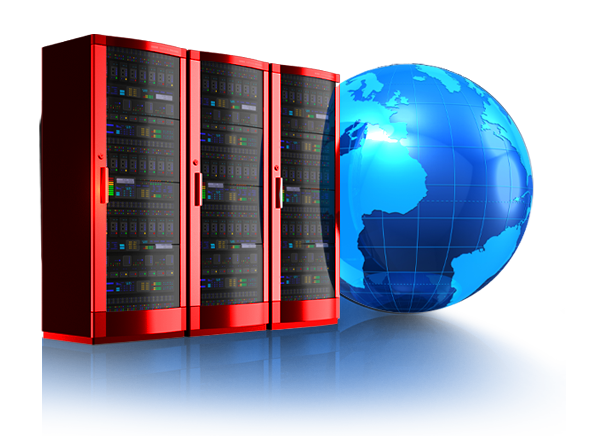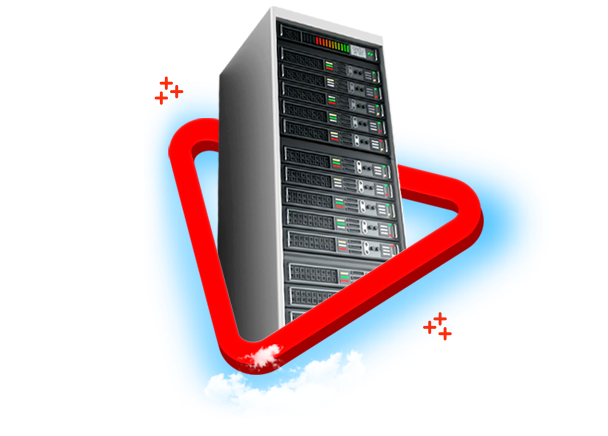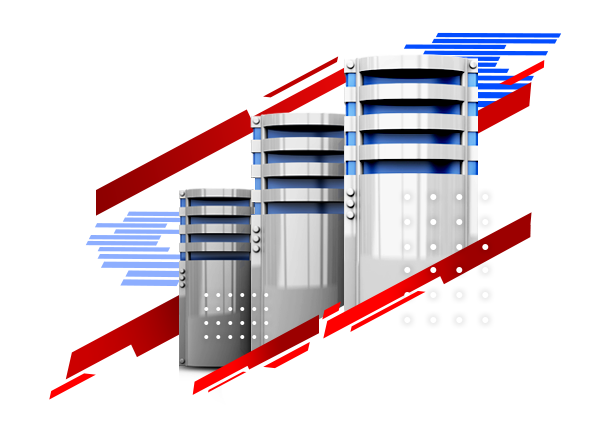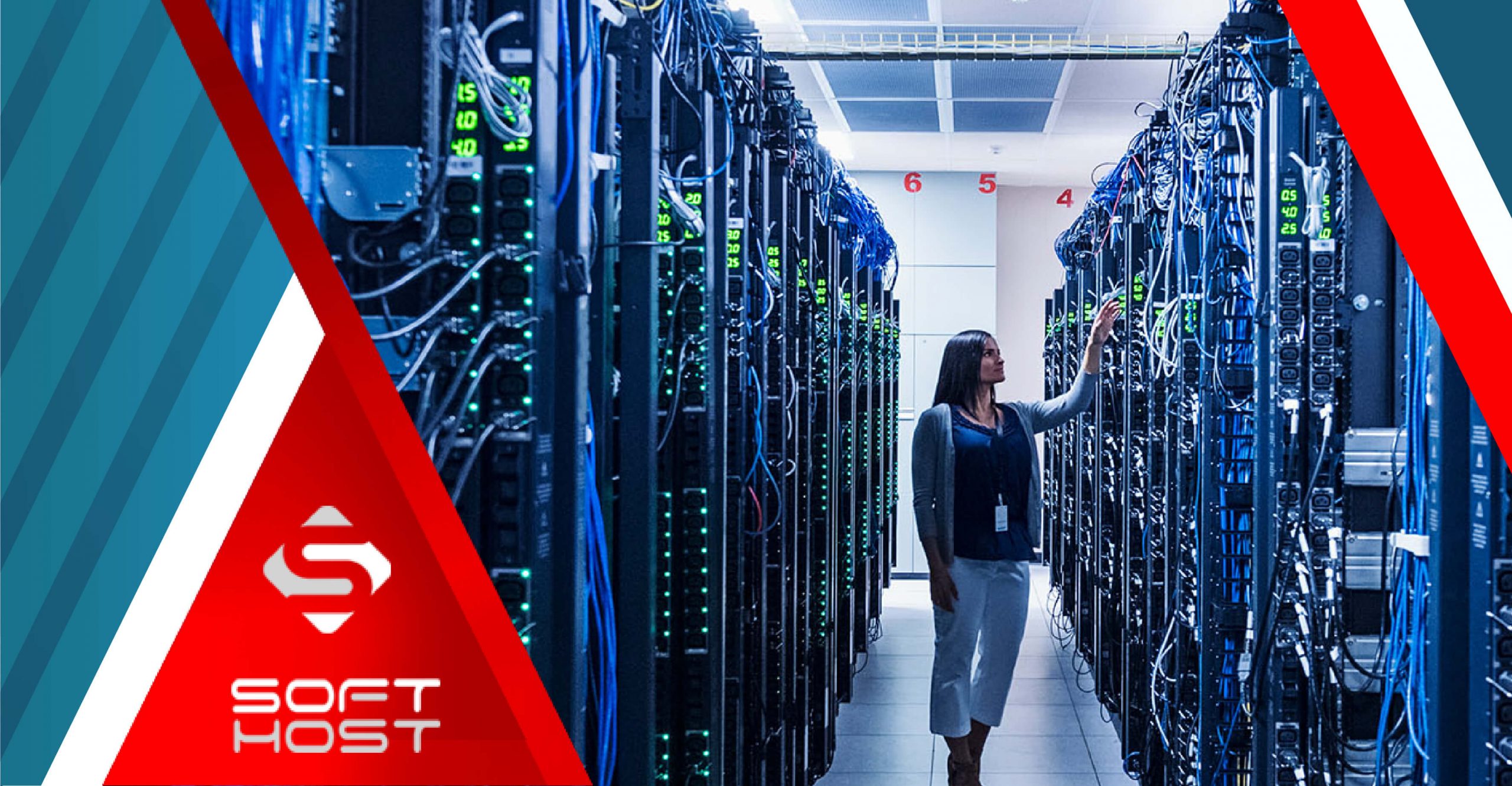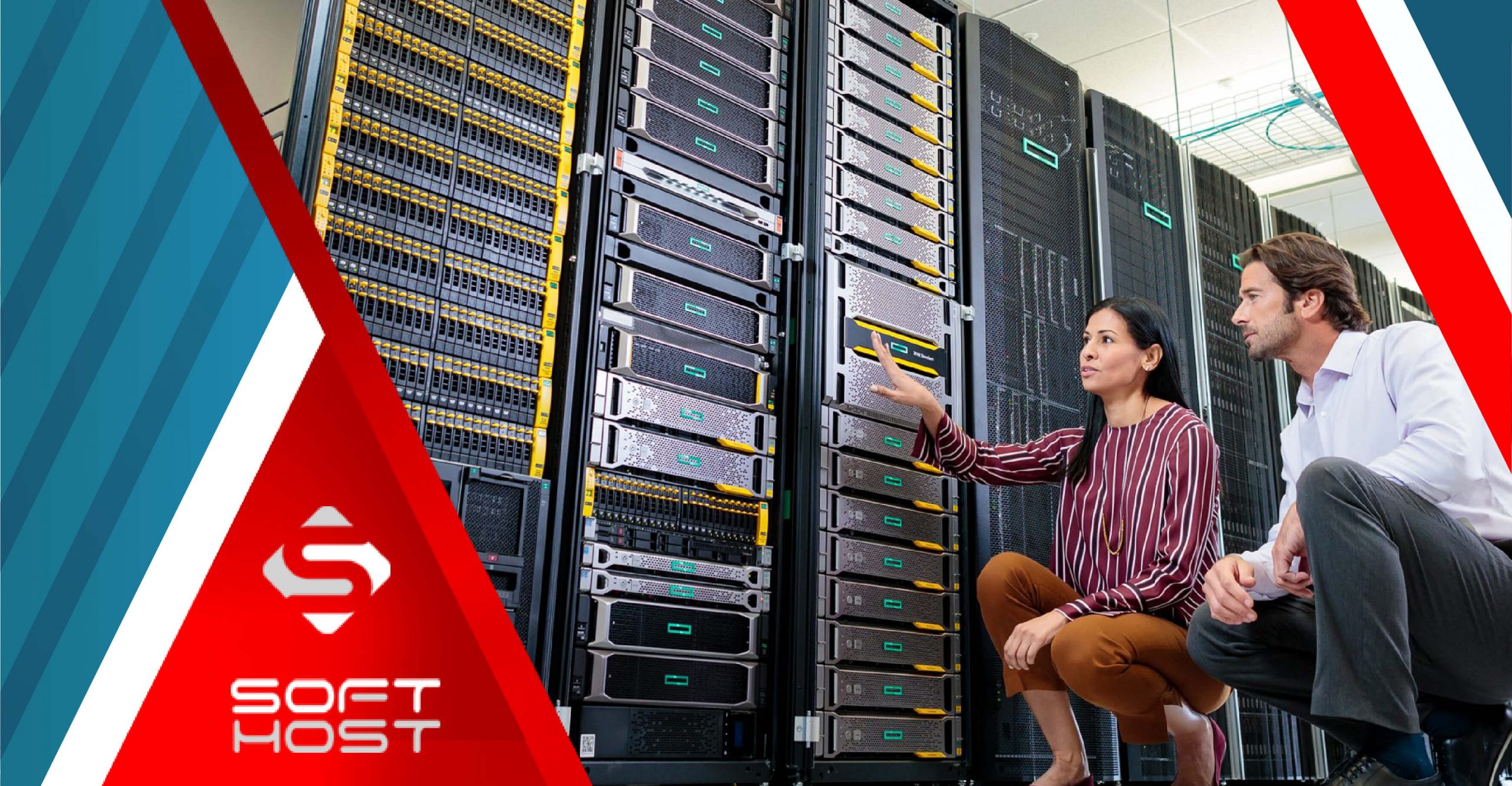
IaaS stands for Infrastructure as a Service, which refers to a type of cloud computing service. IaaS provides essential compute, storage, and network resources on demand and for a fee. IaaS is one of the four types of cloud services along with PaaS, SaaS and Serverless services.
Migrating your organization’s infrastructure to IaaS will help you reduce on-premise data center maintenance. On the other hand, it helps you save on hardware costs and gain contemporary business insight. IaaS services give you the flexibility to scale your IT resources up and down with demand. They also help you quickly deliver new applications and make your infrastructure more robust.
IaaS allows you to bypass the cost and complexity of purchasing and managing physical servers and data center infrastructure. Each resource is provided as a separate service component and you only pay for a particular resource for as long as you need it.
A brief history of cloud computing
Table of Contents
IaaS emerged as a popular computing model in the early 2010s and has since become the standard abstraction model for many types of workloads. Amazon Web Services (AWS) pioneered cloud computing as we know it. According to Jeff Bezos, AWS’s mission was to “provide application developers with a reliable set of tools and a reliable infrastructure to build products on.”
Microsoft Azure, Google Cloud, IBM Smart Cloud and Oracle Cloud quickly followed suit. However, with the emergence of new technologies, such as containers and serverless, IaaS remains a foundation and is used in many areas. Today, the range of cloud computing services is very wide.
Cloud platform and IaaS architecture
IaaS consists of a set of physical and virtual resources that provide consumers with the blocks needed to run applications and workloads in the cloud.
Physical data center
IaaS providers typically manage large data centers around the world. These centers contain the physical machines needed to power different layers of abstraction and are made available to end users through the web. In most IaaS models, end users do not directly interact with the physical infrastructure, but consume it as a service.
Compute
IaaS is commonly known as virtual computing resources. So here, we define IaaS computing as a virtual machine. In general, providers of these services manage hypervisors and end users can provision virtual “instances” of arbitrary amounts of computing and memory according to the desired application.
Most providers offer both CPU and GPU for different workload types. Also, cloud computing is usually accompanied by support services such as auto scaling and load balancing. These services often provide the scale and operational capabilities that make the cloud desirable for use.
Network
Cloud networking is a form of software-defined networking where traditional networking hardware, such as routers and switches, is made available programmatically, usually through APIs. More advanced uses of the network include the creation of multi-zone areas and virtual private clouds.
Storage
The three main types of cloud storage are block storage, file storage, and object storage. File and block storage are common in traditional datacenters, but often struggle with the scale, performance, and distributed characteristics of the cloud.
Therefore, among the three, object storage has become the most common mode of cloud storage because:
- It has better scalability (thus it is flexible)
- It uses the right hardware.
- Data is easily accessible via HTTP.
- Its scalability is unlimited.
- Performance scales linearly with cluster growth.
What are the types of IaaS?
Based on how the service is delivered, there are 3 types of IaaS setup:
- Private IaaS
- Public IaaS
- Hybrid IaaS
Although IaaS helps extend the business and IT environment, it is not perfect. Similar to other computational models, it has drawbacks to be aware of. So before using this cloud computing, make sure you analyze its pros and cons.
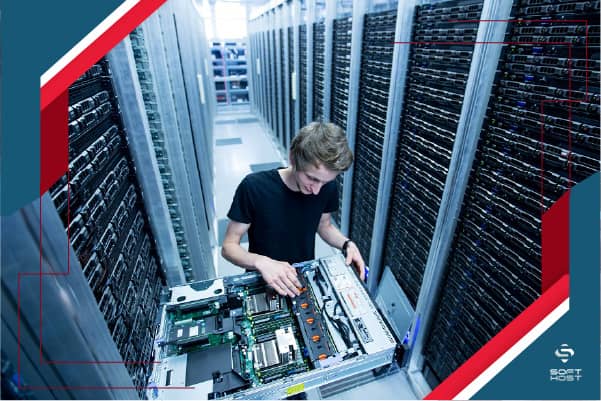
Advantages of IaaS
All in all, there are many reasons why someone would consider IaaS, including:
-
Pay as you go
Unlike traditional IT, IaaS requires no upfront costs and end users are billed only for what they use.
-
Speed
With IaaS, users can provision small or large resources in just minutes. On the other hand, they can test new ideas quickly or scale approved ideas even faster.
-
High access
The availability and flexibility of cloud applications through things like multi-zone regions can go beyond traditional approaches.
-
Scalability
With seemingly unlimited capacity and the ability to scale resources (automatically or monitored), it is very simple to go from one application instance or workload to different instances.
Disadvantages of IaaS
Like any other type of service and technology, IaaS can be not the best option for some users in some ways. In the following, we state the reasons that are sometimes referred to as the disadvantages of IaaS:
-
security
Users in IaaS do not have full control over the infrastructure. The security of the infrastructure is in the hands of the provider. Sometimes the level of security provided may not be sufficient. As a result, it can expose your system to hacks and vulnerabilities. In this case, businesses must be willing to accept losses. Of course, this type of security weakness occurs very rarely.
-
Control
The entire management of IaaS is handled by the provider. Although this reduces users’ stress, it reduces their administrative access and control. In other words, users do not control the data and software. Therefore, the IaaS provider must ensure that the data and services are secure.
-
Customization
Customization in IaaS is not easy because it is made available based on virtualization services. So there are limited possibilities for customization.
-
Technical issues
Downtime is one of the most common technical problems you will encounter when using IaaS. While user data is stored in different datacenters, issues faced by providers can still limit access. Users can no longer access apps and data. Therefore, there is a possibility of delay for some actions.
| Disadvantages of IaaS | Advantages of IaaS |
| Low security in rare cases | Affordable |
| Less user control and management | High speed |
| Limited customization | Flexibility in access |
| Some technical problems | Scalability of resources |
Common use cases of IaaS
The computing resources provided through a cloud model can be used in various cases. The most common use cases for IaaS deployments include:
-
Test and development environments
As a test and development environment, IaaS offers flexibility to organizations. They can be easily scaled up or down based on needs.
-
Hosting of customer-oriented websites
This technology can make website hosting more affordable compared to traditional web hosting methods.
-
Data storage, backup and recovery
IaaS can be the easiest and most efficient way for organizations to manage data during times of unpredictable or constantly growing demand. Additionally, organizations can bypass the need for extensive efforts focused on data storage management, legal requirements, and compliance.
Web applications provide the infrastructure needed to host web applications through IaaS. Therefore, if an organization hosts a web application, IaaS can provide the necessary storage, servers, and network resources. Capacity can be provisioned quickly and the cloud infrastructure can be easily scaled up or down according to application demand.
-
High Performance Computing (HPC)
Certain workloads may require HPC-level computing, such as scientific computing, financial modeling, and product design work. In this case, you will need IaaS to serve this infrastructure.
-
Data storage and big data analysis
IaaS can provide the necessary computing and processing power to control Big Data.
Comparison of IaaS, Containers and Serverless
Lately, the cloud workload discussion has been increasingly dominated by containers and serverless. In many ways, IaaS is a step back in the Cloud’s past.
This IT can support almost anything from a workload perspective, but it still has room to evolve when it comes to the specific underlying values that make up the cloud.
Containers and serverless are two newer cloud models that are challenging the traditional IaaS model to excel for certain classes of applications and cloud-native workloads.
Comparison of Serverless and IaaS use cases
In some cases, the container has begun to replace the VM (as the standard unit of process or service deployment), with orchestration tools such as Kubernetes that dominate the entire ecosystem of clusters.
Serverless scales perfectly with demand and only charges you for what you use.
Today, traditional IaaS is by far the most mature cloud computing model and controls the majority of market share in this space. But containers and serverless are technologies that are used only where it makes sense to use them.
As the world moves more towards microservice architectures; Applications are broken down into smaller applications and deployed independently. They also manage their data and communicate through API. This is where containers and serverless approaches become more common.
BMaaS vs. IaaS
Bare-metal-as-a-Service (BMaaS) offers an even lower level of control than traditional IaaS. In a BMaaS environment, resources are still provisioned on demand. They are available over the Internet, and are billed on a monthly or hourly basis.
Unlike traditional IaaS, BMaaS does not provide virtualized computing, networking, and storage to end users. Instead, it gives direct access to the original hardware. This level of access gives end users almost complete control over the hardware.
This hardware is neither virtualized nor supports multiple virtual machines. Therefore, it provides the maximum amount of potential performance to the end users. This feature is invaluable for use in HPC and GPU computing, heavy databases, analytical workloads, and more.
Is IaaS better or BMaaS?
End users who are familiar with working in traditional data centers feel more comfortable with BMaaS environments and may show the best feedback to existing workload architecture patterns.
However, these benefits can come at the expense of traditional IaaS benefits, namely the ability to quickly provision and easily scale resources (by replicating instances and load balancing between them).
When it comes to BMaaS vs. IaaS, one model is not superior to the other – it all depends on which one supports a specific project or workload.
Data centers, access zones and areas
To improve the availability and flexibility of resources, today most cloud providers offer a hierarchy on how to distribute workload to physical and virtual infrastructures as well as geographically.
These two terms are defined as follows:
Cloud Region
A region is a separate group (geographically and physically) of one or more high availability zones. This area is separated from other regions by electrical infrastructure and network. Regions are designed to eliminate common failure points with other regions and ensure low latency within a zone of the region.
Cloud Availability Zone
Availability Zone is a logical and physical isolated location in a cloud region with independent power and cooling, and its network infrastructure is isolated from other zones. This enhances fault tolerance by avoiding single points of failure between zones while ensuring high bandwidth and low inter-zone latency within a region.
last word
Infrastructure-as-a-Service, commonly referred to as “IaaS,” is a form of cloud computing that provides basic computing, network, and storage resources to consumers on demand, over the Internet, and on a fee basis.
IaaS enables end users to scale and shrink resources based on need, reducing the need for high initial capital or unnecessary costs such as ownership. Unlike PaaS and SaaS (even containers and serverless), IaaS provides the lowest level of resource control in the cloud.
IaaS services are dramatically policy-driven, enabling their users to implement greater levels of automation and orchestration for critical infrastructure tasks. For example, a user can implement policies to create load balancing and maintain application availability and performance.
CATEGORY:Blog


